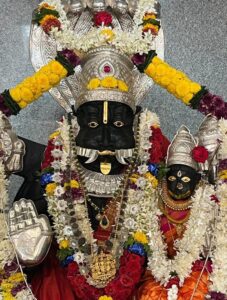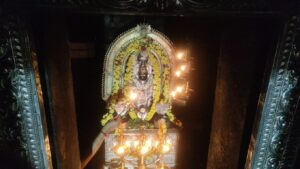
Most Popular Temples
Plan Your Visit
Famous Temples in Karnataka

Author Profile

Temples In Karnataka
We mainly focus on quality code and elegant design with incredible support. Our WordPress themes and plugins empower you to create an elegant, professional and easy to maintain website in no time at all.

Most Visited Temples


 Shri Beteraya Swamy Temple Nonavinakere
Shri Beteraya Swamy Temple Nonavinakere  Shri Kadasiddeshwara Matha Nonavinakere
Shri Kadasiddeshwara Matha Nonavinakere  Sri Shaneswara Swamy Temple Ranganahalli
Sri Shaneswara Swamy Temple Ranganahalli  Shri Hongelakshmi Kshetra Kasavanahalli Kaval
Shri Hongelakshmi Kshetra Kasavanahalli Kaval  Shri Nageshwara Swamy Devasthana Navile
Shri Nageshwara Swamy Devasthana Navile 

































